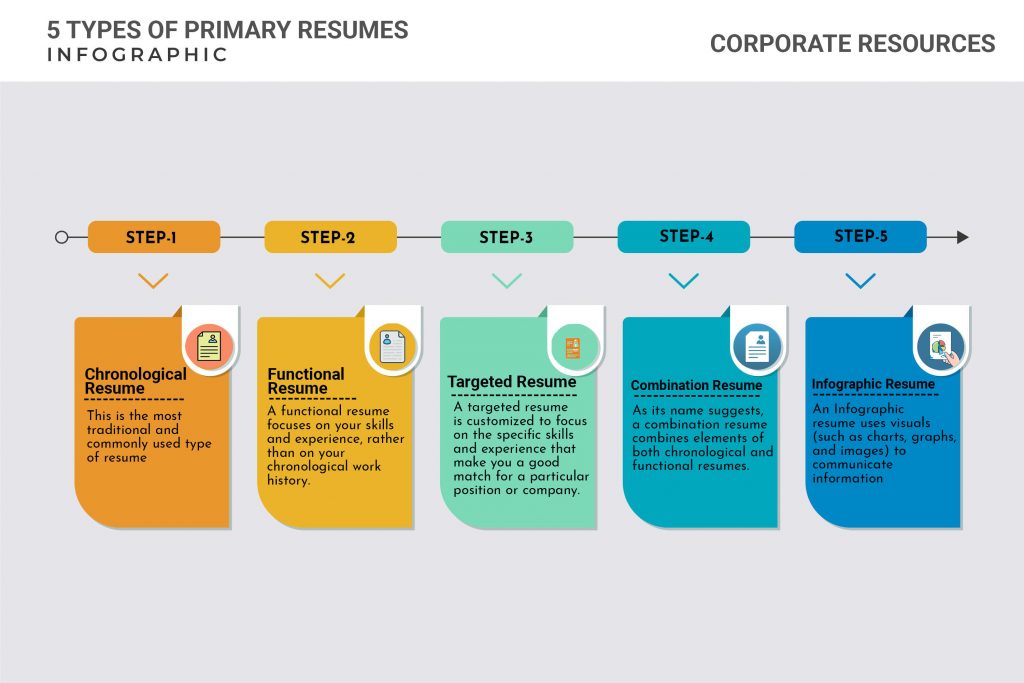Top Tips for a Best Resume: A blog post with the top tips for creating a resume that will catch the eye of recruiters and hiring managers.
Your resume is your first impression on potential employers. It’s important to make sure it’s a good one! There are a few key things you can do to make sure your resume stands out from the rest.
In this blog post, we will explore the top tips for creating a resume that will catch the eye of recruiters and hiring managers. From format to content, follow these simple tips and you’ll be on your way to landing your dream job in no time.
5+ Types Of Primary Resumes Including Here.
Most job seekers are aware that there are different types of resume formats, but they may not be sure which one is best for their needs. Here is a brief overview of the five most common types of resumes, including when to use each one:
1. Chronological resume: This is the most traditional and commonly used type of resume formats. It lists your work experience in reverse chronological order (with your most recent positions first). This is a good choice if you have a strong work history and consistent job titles.
2. Functional resume: A functional resume focuses on your skills and experience, rather than on your chronological work history. This can be a good option if you have gaps in your employment history or if you have held a variety of roles with different employers.
3. Targeted resume: A targeted resume is customized to focus on the specific skills and experience that make you a good match for a particular position or company. This can be an effective way to catch the attention of employers who are looking for candidates with specific qualifications.
4. Combination resume: As its name suggests, a combination resume formats combines elements of both chronological and functional resumes. This type of resume can be helpful if you want to highlight both your work history and relevant skills and qualifications.
5. Infographic resume: An Infographic resume uses visuals (such as charts, graphs, and images) to communicate information about your skills and experience in an engaging way.
This can be a great option if you have the option to use a few resume formats, including chronological, functional and combination. A combination resume emphasizes relevant skills and accomplishments at the top of your resume.

The Different Parts of a Resume
There are a few different parts to a resume formats that you should be aware of. The first is the contact information section, which should include your name, address, phone number, and email address. The second section is the objective or summary statement.
This is where you will want to briefly describe your professional goals and what you can bring to the company. The third section is the experience section. Here you will list your past employment history, starting with your most recent job first.
Be sure to include the dates of employment, job title, and a brief description of your duties and responsibilities for each position. The fourth section is the education section. Here you will list any relevant educational degrees or certificates that you have obtained.
Finally, the fifth section is the skills section. In this section, you will want to highlight any special skills or qualifications that you have that would make you ideal for the position.
How to Write a Resume Objective
- Keep it short. Don’t add fluff!!
- Be clear and detailed about the job you want. State the position you are applying for and describe your goals only as they pertain to the job and industry for which you’re applying.
- Explain what you can do for them.
For more details about the idea to log in, our website www.crplindia.com and our recruiter and handle will guide you on how to write a resume. And which resume are benefits for your job requirement?







